The research by Kisito Assangni on “curating as a phenomenological history of everyday life”, continues today in dialogue with Mario Casanova on curatorship and the searching for a reform of human existence.
Kisito Assangni: Does curating generate knowledge?
Mario Casanova: Since a while we attribute to “doing art”, curating or even collecting art, a political meaning as well as we attach social or civil importance and responsibility to art in general. And each act reveals a political belief, whether you spend money for art or either you make money with art. So, obviously behind curatorial engagement there is an important knowledge you transmit to the goers or students, for better or worst. I think it is nowadays easier to be worse than good, as our society lack in the terrible experiences like wars, slavery and dictatorships we all had in the past.
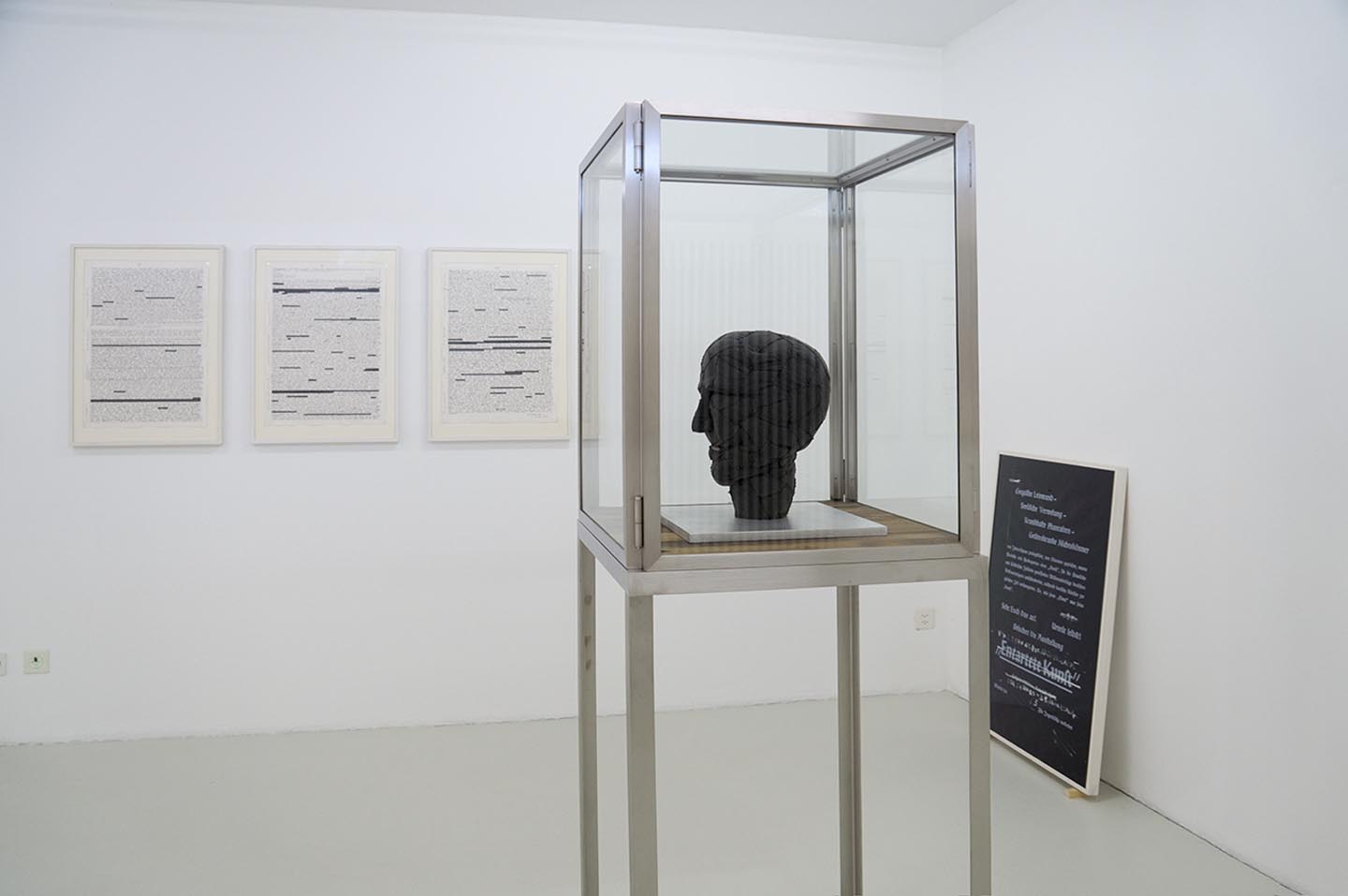 And as far as museums are concerned increasingly submitted by political management, in the last few decades cultural institutions became in fact the place where you decide what is good and what is not good. Basically politics and money transformed these huge cathedrals of culture from contemplation’s venues into grounds where you feed the roots of market and other economic interests. But we also actually know that art means conservation of historical consciousness, dialogue and dialectics as a platform to better read and interpret the past and learn from it in order to build up a better future for the next generations. It’s a pity to discover and to note how the aesthetics of money also shaped the museum and the art world, in which artists are not taken into consideration for their quality or capacities anymore, but a whole cocktail of political power of groups, fashion and financial investment slowly transformed the cultural institution into museum trade; a sort of new branch of the market or a market share, which is even worse.
And as far as museums are concerned increasingly submitted by political management, in the last few decades cultural institutions became in fact the place where you decide what is good and what is not good. Basically politics and money transformed these huge cathedrals of culture from contemplation’s venues into grounds where you feed the roots of market and other economic interests. But we also actually know that art means conservation of historical consciousness, dialogue and dialectics as a platform to better read and interpret the past and learn from it in order to build up a better future for the next generations. It’s a pity to discover and to note how the aesthetics of money also shaped the museum and the art world, in which artists are not taken into consideration for their quality or capacities anymore, but a whole cocktail of political power of groups, fashion and financial investment slowly transformed the cultural institution into museum trade; a sort of new branch of the market or a market share, which is even worse.
Curating has a big responsibility in that extent. For small galleries, underground situations or independent spaces the future will be probably increasingly dramatic. A tiny knowledge of the past combined and merged with a poor vision toward the future do not help to imagine and live or even understand the present truth hidden behind virtual reality. All kinds of institutions hide somehow a fascistic power and behind museums there are very often curators duly appointed by politics.
This happens in general in all fields, like sports, where more money you invest, more corruption and lack of ethics you find.
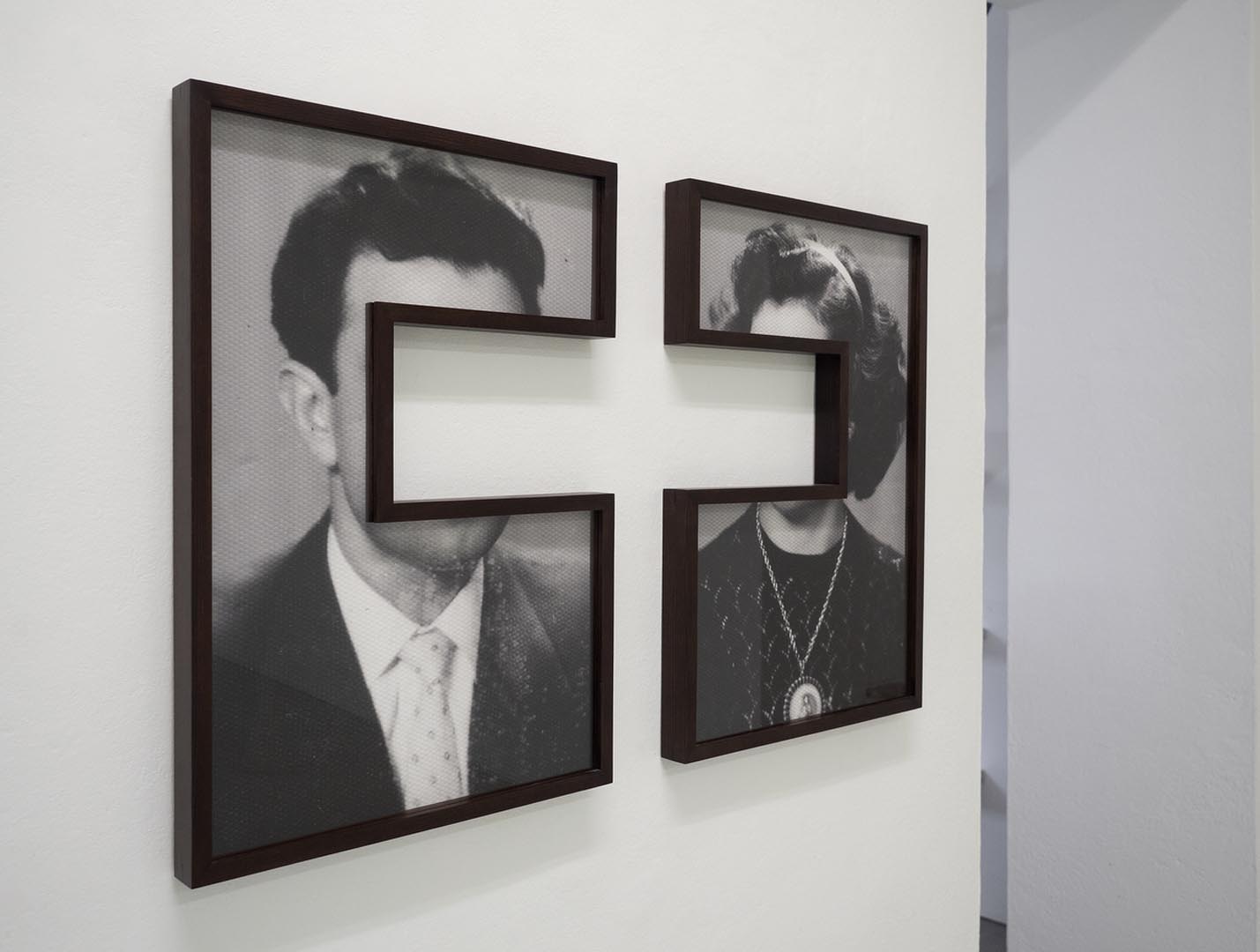
Is there universal truth in curating or is it a particular opinion?
Well the answer is pretty complex in these days. We live totally unbalanced between reality and truth, especially since the social networking gave its own strong contribution to separate these two important almost philosophical concepts. Reality is what you have around you, the way you decide to live or dress or eat; it represents all codes of behaviour you decide to assume in order to be accepted and integrated into a society, not disintegrated by it.
The truth is something else. It’s an inner feeling, a philosophy of life, it’s more intimate and unspoken. So, the answer would be probably that a globalised aesthetics can help and push you to find your own lost roots, as a very happy alternative. However a good curatorial attitude remains a very particular opinion, inspired by your personal true visions. Professional curators always had great and daring visions.
How do you confront global and transcendent issues related to art production?
The process bringing our society slowly into globalisation started many many years ago together with the idea that economy, trade market, open societies, migration, shared views in the framework of art and culture combined with a brand new idea about new economy would transform the whole world into a beautiful melting society, where differences wouldn’t be considered as something negative anymore.
So, what we have right now as result within all these fields is a sort of apparent equality. As far as arts are concerned, they are taken into deep consideration, indeed because of their authenticity, which is obviously related to originality and cultural roots too; and this seems to be the next step for a new research. So, why trying to level down the differences, which are the real potential of each language, while it is very important and vital to go back to the past in order to get to know the experiences of your own “ancestors”? My opinion would seem a bit radical, but when I travel from the Middle East to the far North I’m rather more attracted by heterogeneous artworks coming from a specific/other cultural psycho-geography than by a sort of everything- pretty-looks-like-the-same from Tel Aviv to Copenhagen: and the limits of the democratic regime lie indeed in the idea that everything must be the same, which is a huge fake.
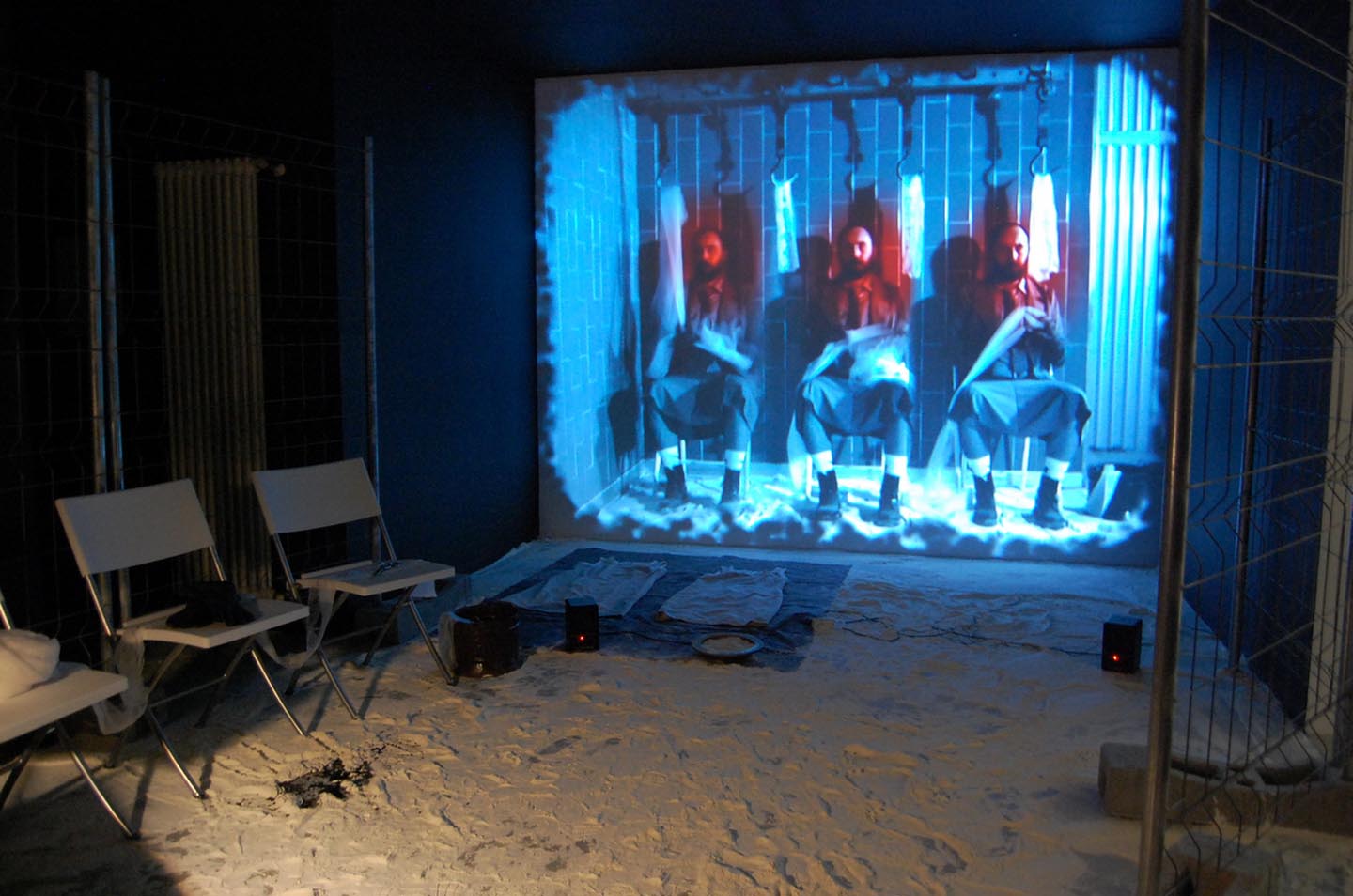
We all perfectly know how globalisation implements economical rules, that in fact lead to other inequalities and represent at the end another form of injustice. Very often integration is a sort of New Colonialism today, isn’t it?
I think it seems right now more than necessary to fight against apathy and inhibition, working in order to avoid political fascisms. We are actually in need to search and find a reform of human existence, while we’re witnessing the sunset of democracy; at least this is the risk. Light always rose again from darkness.
What do you think are the hierarchies inherent in the work of curating collections, archives, and contemporary artworks? Is there something right or wrong with the idea of curating from an absolutely pluralistic perspective?
Once upon a time there were collectors who would buy art aware of doing something for the sake of art and culture and for their personal educational pleasure, although the Church and some Aristocracy would support arts and culture to reinforce their power. Through the uprising idea of market and marketing at the end of the 19th Century, the central pivot of collecting today is based on market, money, buying and selling and financial investment, by purchasing of one particular artist, for instance, a certain amount of works as an investment.
It is not by chance that banks since the late 1980s advice their clients how and what to purchase, as well as collectors pay art consultants who are most of the time art dealers and not curators or art historians.
Nowadays it is very seldom that museums dare to make any sort of research of new artistic discoveries, but rather working with blockbuster galleries who deal with important artists even of their works are not always specifically wonderful, so that the logic of the art market today overcomes the quality of one artist, but they must sell. If you stop selling you will loose the interest of collectors and museums.
On top of that, there’s today a real museum’s trade replacing culture and study; and this matter of fact breaks the natural professional and didactic chain, from the top to the bottom of the hierarchy. Young art historians find inside the museums less opportunities to be educated to history through the practice of writing texts and/or publishing books.
Going back to your question, we might have welcome the idea of a pluralistic way of curating, but on all levels: like for instance focusing on art as representation or going back somehow to a sort of Wunderkammer, where culture embodies and represents a mental and physical contemplation place.
Art teaches us that everything can be done; however this shouldn’t slowly and unconsciously become culture of ignorance.
So, roughly expressed, I’ve noticed in the past few decades that curators and curatorial programmes would slip further into economic and fashionable trends.
Do you consider your own bias and cultural limitations, you are aware off, and how do you deal with them in your curatorial practice?
I live and work in Switzerland, which is a very small country but very central and international in terms of museography. We speak 4 languages, we eat 4 sorts of cuisine and we have 4 different cultures and way of thinking. On top of that Switzerland is very open in hosting international curators and museum’s directors. So, to some extent, I don’t feel like having bias of any kind, because working with Swiss artists means already collaborating with different cultural points of view. Therefore it seems important for me and for other colleagues to act internationally, but to think of your own territory helps anyway. Very often working on the place where you live, even if it is a tiny little town, pushes you to discover how global can the local be and to overcome the steretypes that only in big cities something good can happen.
Professionally, at the beginning it seems difficult to combine stars like Louise Bourgeois or other major artists with good local and maybe pretty unknown artists, but I’m sure that fears are due to the fact that getting outside the mainstream and its particular compulsory behaviours make the whole thing highly interesting. All kinds of interaction bring new energy and we are aware that art is mostly energy even before to become an object of art.
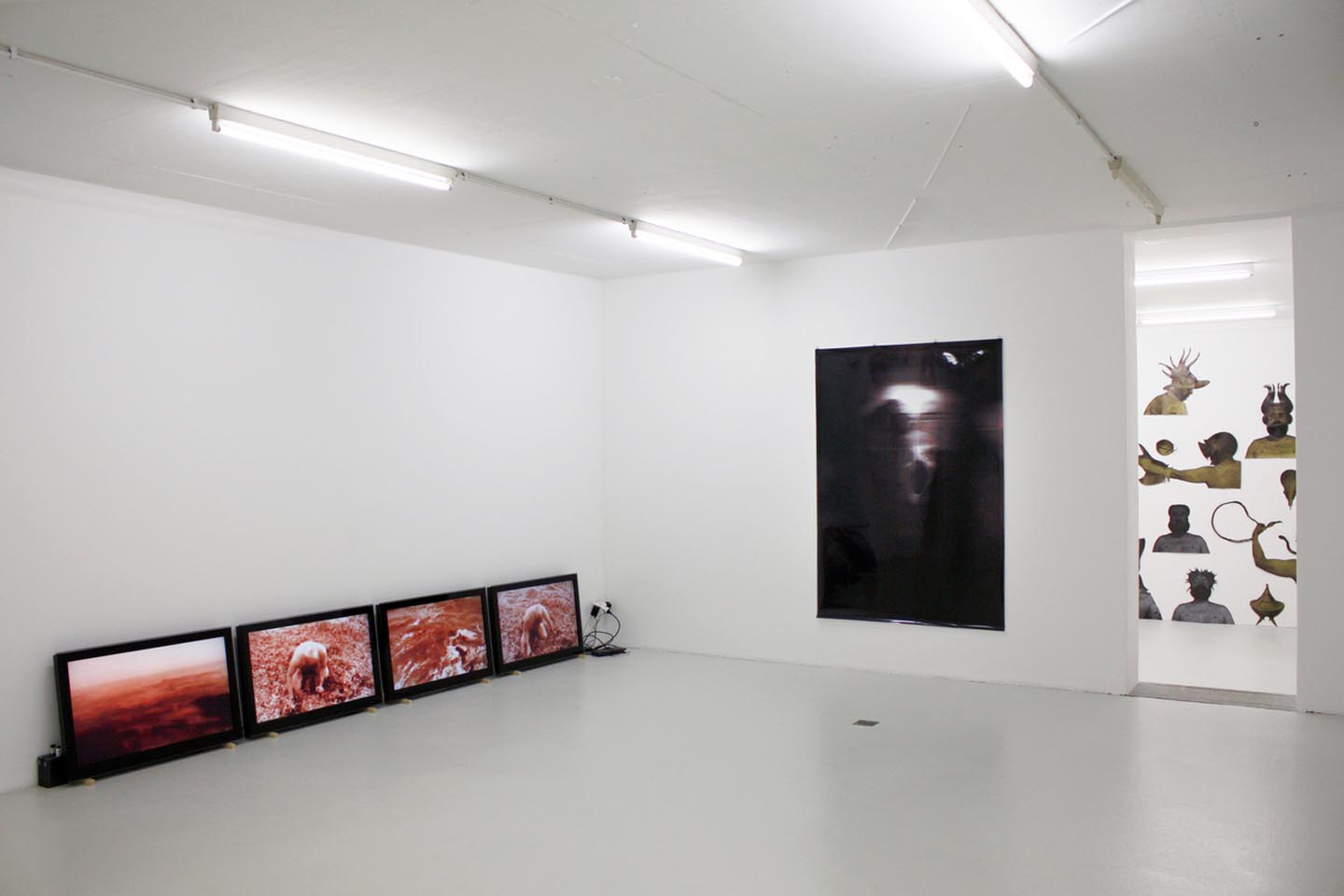
Define a tension in curatorial practice, describe its attributes and context, define its relation to archives and evidence, what is there to display?
When you argue about display, you actually talk about visuality. I think there are no limits to images today in our technological society and the curatorial practice is all together what you describe in your question. I am more and more convinced that writing down an exhibition project and carrying out its execution hasn’t really much to do with images. Writing down a project needs to be filled with meaning; and the meaning comes from how you are able to put artworks together in order to sustain you ideas. Selecting the artworks you need for a show is sometimes more important than choosing the artists. Just an example: I started a year ago to work on an exhibition on Belle Epoque and Art Nouveau I planed to carry out in 2023. Apparently the idea looked very simple and the first step or impression was to focus on Beauty of Decadence. But all of a sudden I realized how important was the concept of Beauty and metaphysics. Searching on stuff, to which people usually don’t pay attention, I felt Decadence as the ultimate and last resort corresponding to the raise of National Socialism in Germany. Hitler promptly destroyed all ideas of Beauty related to a dream of an open society, and therefore and began the social, cultural and racial cleansing. So, my research included lots of analysis that curators normally don’t contemplate, like for instance the vital presence of Judaism in Europe at that time. Etc.
Reading and interpreting history is a huge never-ending work. Just to say that nothing written remains this way. History is always moving and developing like in a magma.
Any book or exhibition recommendations ?
There are a lot of good exhibitions to visit and great books to read. In general I would advice to go through brand new ways of conceiving art and culture, and toward more experimental issues. Moreover, I would make to effort to go back to history in order to understand the present and imagine the future. Somehow we live in the time of cultural-management systems and very often we forget to go deepen into art and culture, which remains the most beautiful vision in life and the target of culture itself.
Mario Casanova (Switzerland) established and currently leads CACT Centro d’Arte Contemporanea Ticino (Contemporary Art Centre in Canton Ticino), Switzerland, in 1994 after several years spent on London. Since then he organises art exhibitions and cultural events (lectures, video screening and round-tables), mainly in the specific framework of contemporary art, in Southern Switzerland (photography, video art, digital art, performance, etc.) and abroad. In 2009 he founded the MACT Museum of Contemporary Art in Canton Ticino.
Casanova was the President of the Artistic Federal Commission of the Swiss Institute in Rome. Since 2012 he has been Publisher of the new House Organ of MACT/CACT, a Cahier d’Art, which is regularly issued and can be purchased and requested at MACT/CACT Bellinzona. Casanova received various grants from the Cultural Foundation Landis & Gyr, Zug, Federal Award for Swiss Independent Spaces, Federal Award for Curators among others.
images: (cover 1) Daniel Tsal, «Conversation with the Body», 2018, MACT/CACT Arte Contemporanea Ticino. Courtesy Mario Casanova (2) Louise Bourgeois and TOMAK (rear), «Verleihung Der Narrenkappe», 2017, MACT/CACT Arte Contemporanea Ticino. Courtesy Mario Casanova (3) Mati Elmaliach, «Hshuma», 2019. Curated by Sharon Toval, MACT/CACT Arte Contemporanea Ticino. Courtesy Mario Casanova (4) Pier Giorgio De Pinto, «Corpus»,2010, MACT/CACT Arte Contemporanea Ticino. Courtesy Mario Casanova (5) Valter Luca Signorile, «Brut. Beyond the Outline», 2013, MACT/CACT Arte Contemporanea Ticino. Courtesy Mario Casanova
The interview to Mario Casanova is part of Kisito Assangni’s research on “curating as a phenomenological history of everyday life”:
Transitory conversations with reputable curators who engage positively with artistic practices driven by non-oppressive facilitation, alternative pedagogies, chronopolitics, and contemporary urgencies within the context of larger political, cultural, and economic processes. At this very moment in history, as well as raising some epistemological questions about redefining what is essential, this revelatory interview series attempts to bring together different critical approaches regarding international knowledge transfer, transcultural and transdisciplinary curatorial discourse. (Kisito Assangni)
Past interviews:
Kisito Assangni, Interview to Nkule Mabaso (Arshake, 09.11.2021)
Kisito Assangni, Interview to Lorella Scacco (Arshake, 20.07.2021)
Kisito Assangni, Interview to Kantuta Quirós & Aliocha Imhoff (Arshake, 11.05.2021)
Kisito Assangni, Interview to Adonay Bermúdez. Universal Truths Have no Place in Curating (Arshake, 08.06.2021)
Kisito Assangni, Kantuta Quirós & Aliocha Imhoff. Curatorial Methology as inter-epistemic dialogue (Arshake, 11.05.2021)
Kisito Assangni, Interview to Adonay Bermúdez. Universal Truths Have no Place in Curating (Arshake, 08.06.2021)









































